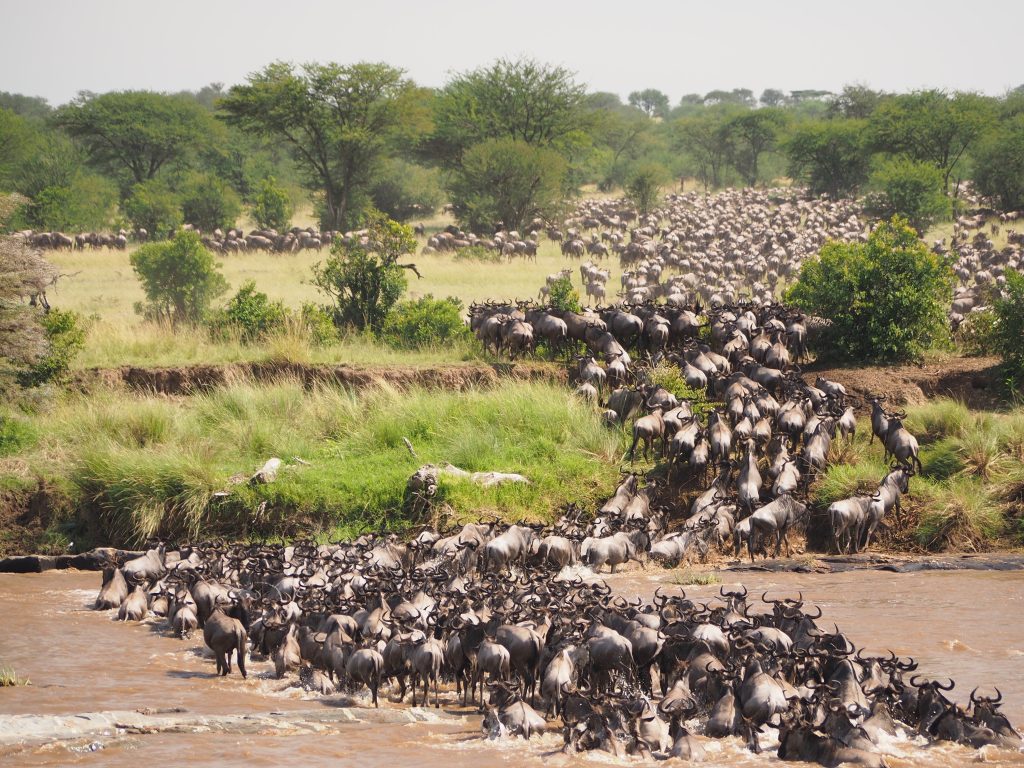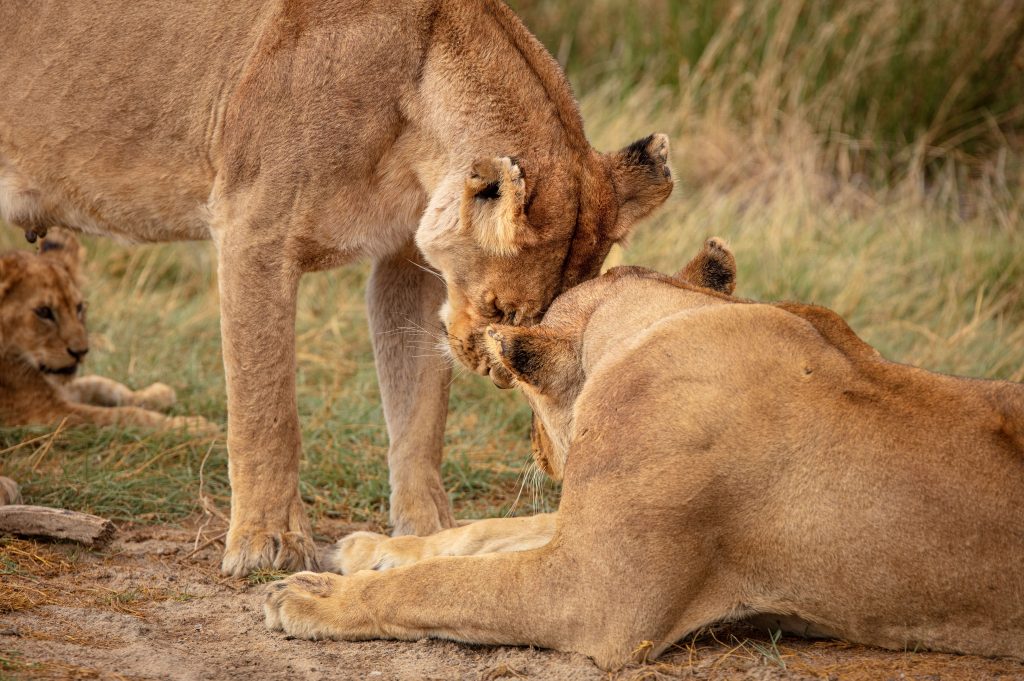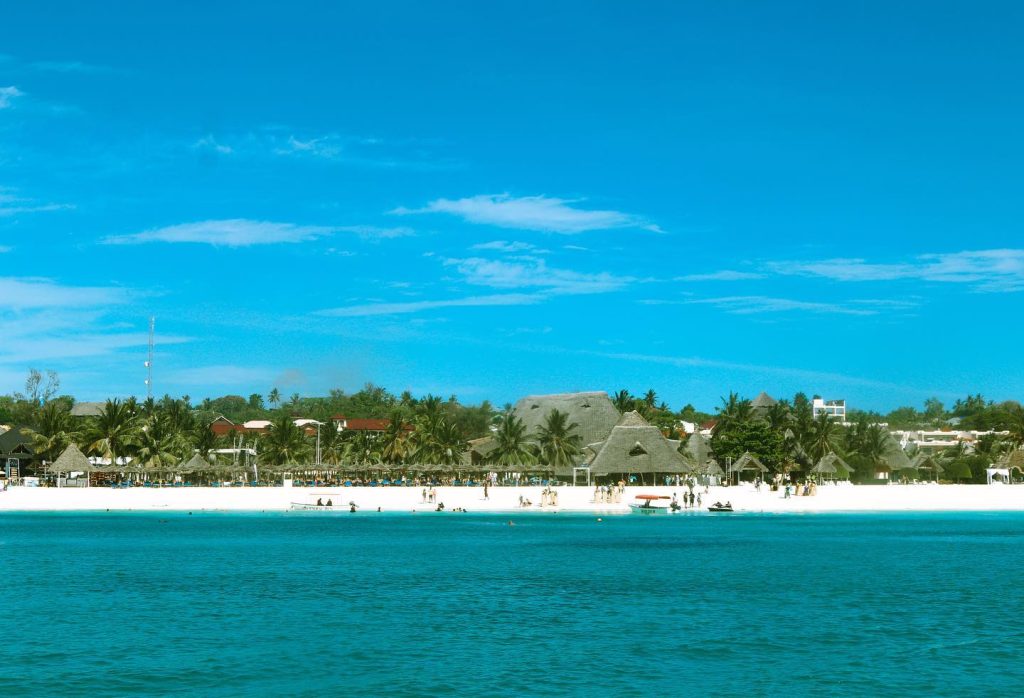"The Ultimate Guide to Wildlife Viewing in Serengeti National Park"
Introduction:
Serengeti National Park, located in Tanzania, is one of the world’s most famous wildlife reserves. With its diverse range of animal species, unique landscapes, and stunning natural beauty, it attracts visitors from all over the globe. Wildlife viewing in Serengeti is a once-in-a-lifetime experience that you don’t want to miss. In this blog post, we will discuss everything you need to know about wildlife viewing in Serengeti, including the best time to visit, the top wildlife to spot, and tips for a successful safari.
Where is Serengeti
Serengeti is a vast savannah ecosystem located in East Africa, primarily in northern Tanzania, but also extending into southwestern Kenya. The Serengeti ecosystem covers an area of approximately 30,000 square kilometers (12,000 square miles), with the majority of the ecosystem located within Tanzania’s Serengeti National Park.
How to reach Serengeti for Wildlife Viewing?
Reaching Serengeti National Park in Tanzania can be done by several means of transportation, and the choice mainly depends on your preferences and budget. Here are some of the most common ways to reach Serengeti:
- By Air: Serengeti National Park has several airstrips, and flights to these airstrips are available from several airports in Tanzania, including Kilimanjaro International Airport (JRO) and Julius Nyerere International Airport (DAR) in Dar es Salaam. Regional airlines such as Coastal Aviation, Auric Air, and Safari Airlink offer regular flights to the park.
- By Road: Serengeti National Park can be accessed by road, but it is recommended to hire a 4×4 vehicle with a driver or guide as some areas of the park can be difficult to navigate. The park can be accessed from several towns in Tanzania, including Arusha, Moshi, and Mwanza. The drive from Arusha to Serengeti takes approximately 8 hours.
It is important to note that road and train travel can be time-consuming and often require multiple stops. Air travel is the fastest way to reach Serengeti National Park.

Best Time to Visit Serengeti for Wildlife Viewing:
The best time to visit Serengeti for wildlife viewing is during the dry season, which runs from June to October. During this time, the animals congregate around water sources, making them easier to spot. The weather is also mild, making it more comfortable for tourists to spend long hours on safari. The peak season for tourism in Serengeti is from July to September, so it’s advisable to book your trip well in advance to avoid disappointment.

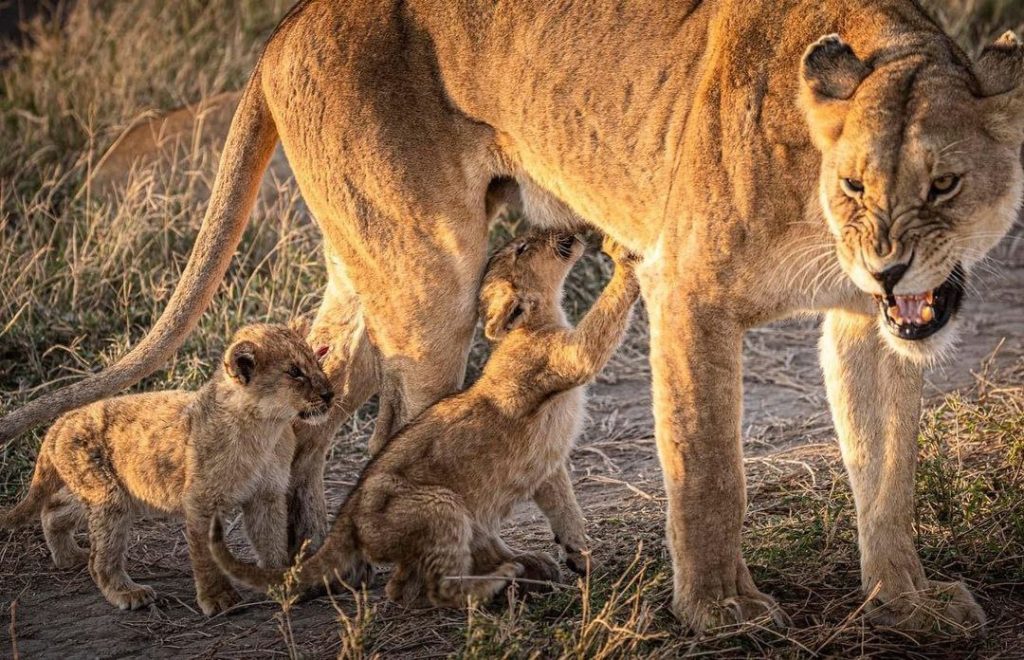
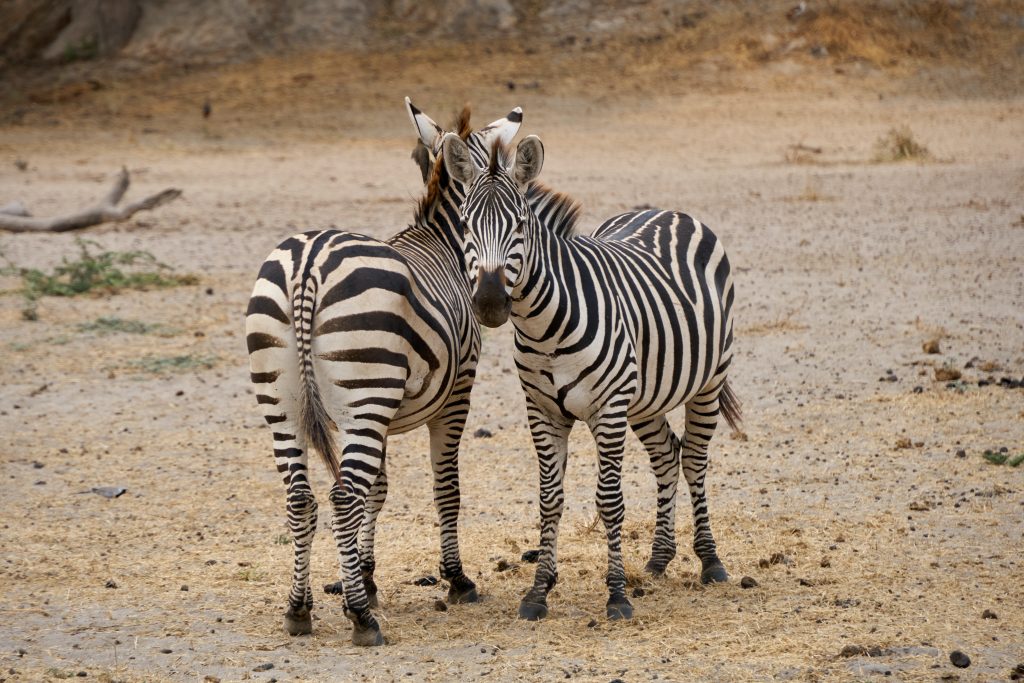
Tips for Successful Wildlife Viewing in Serengeti:
- Professional guide: A knowledgeable guide will be able to take you to the best spots to see wildlife and will be able to answer any questions you have about the animals and their behaviors.
- Be patient: Wildlife viewing requires patience, as animals may not be visible at all times. Spend time in areas where animals are known to congregate, and be prepared to wait for them to appear.
- Use binoculars: A good pair of binoculars will help you spot animals that are far away or hidden in the foliage.
- Respect the animals: Remember that you are a guest in their habitat. Do not disturb or harass the animals in any way, and keep a safe distance at all times.
- Be prepared for the weather: The weather in Serengeti can be unpredictable, so it’s important to dress in layers and bring rain gear if necessary.
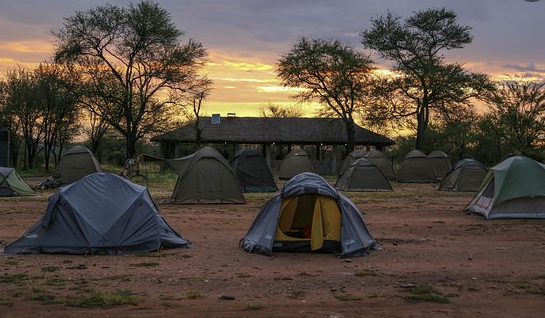

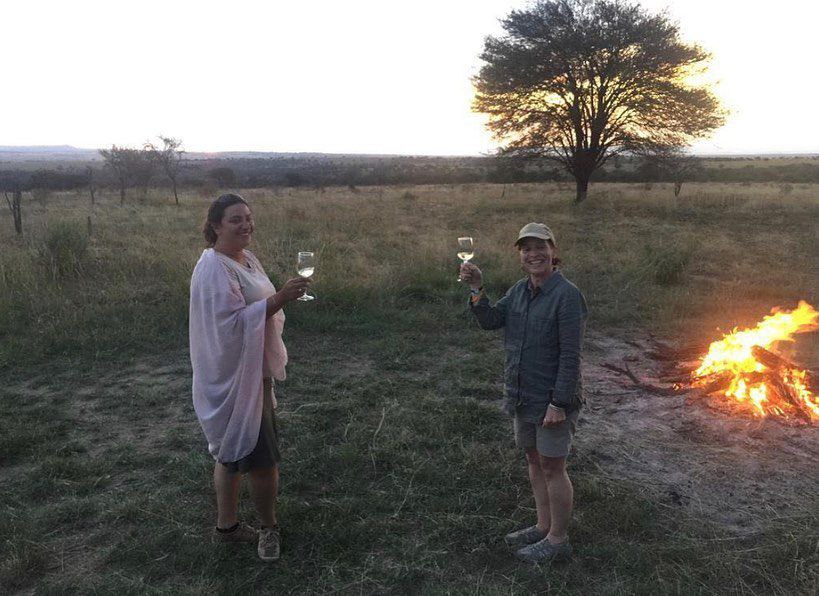
Accommodations during Wildlife viewing in Serengeti.
Serengeti National Park offers a range of accommodations to suit all budgets and preferences. The park has several lodges, tented camps, and campsites, each offering a unique experience.
- Lodges: Lodges in Serengeti range from luxury to mid-range and offer all the comforts of home, including private bathrooms, hot showers, and comfortable beds. Many lodges also have swimming pools, restaurants, and bars. Some popular lodges in Serengeti include Serengeti Serena Safari Lodge, Four Seasons Safari Lodge Serengeti, and Serengeti Migration Camp.
- Tented Camps: Tented camps are a popular option for those who want to experience the wilderness of Serengeti without sacrificing comfort. Tented camps offer spacious tents with en-suite bathrooms, comfortable beds, and hot showers. Some popular tented camps in Serengeti include Serengeti Under Canvas, Kati Kati Tented Camp, and Serengeti Pioneer Camp.
- Campsites: Serengeti has several campsites for those who prefer to camp. The campsites have basic facilities, including shared bathrooms, running water, and fire pits. Some popular campsites in Serengeti include Seronera Campsite, Lobo Campsite, and Nyani Campsite.
It’s important to note that accommodations in Serengeti can book up quickly, especially during peak season, so it’s important to book in advance. Additionally, it’s important to choose accommodations that are located close to the areas you want to visit, as the park is vast and travel times can be long.
Conclusion:
Serengeti National Park is an incredible destination for wildlife viewing, and with the right preparation and guidance, you can have an unforgettable safari experience. By following the tips outlined in this blog post, you will be able to maximize your chances of spotting the amazing wildlife that Serengeti has to offer. Remember to be respectful of the animals and their habitat, and enjoy the natural beauty of this incredible park.


